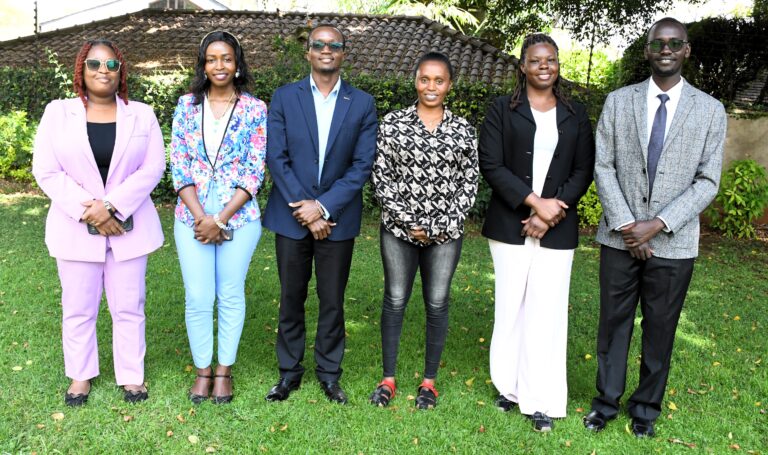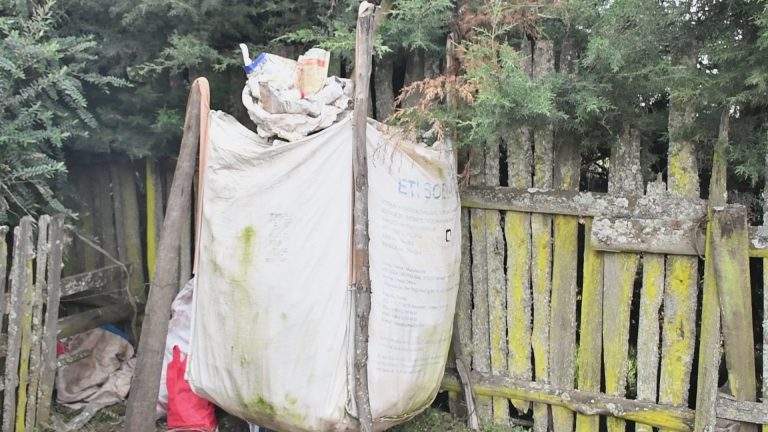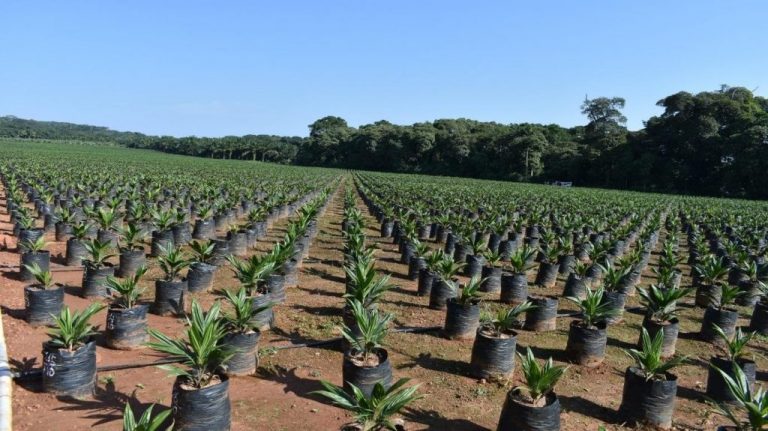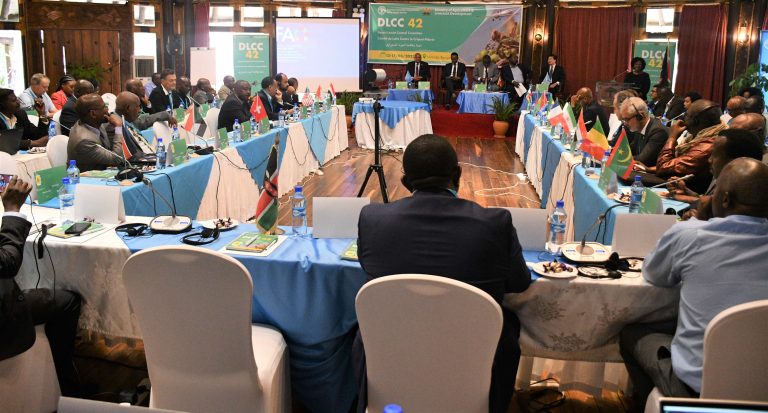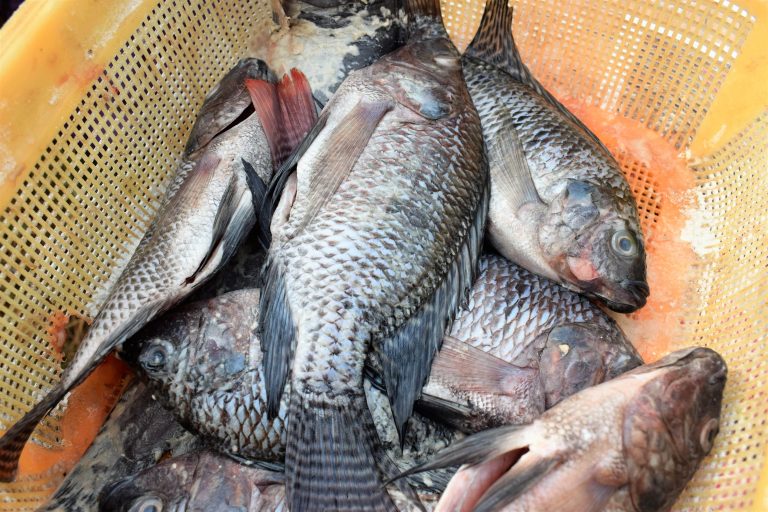Food and Agriculture Organization of the United Nations (FAO) through its Regional Commission for Controlling Desert Locust in the Central Region (CRC), trained a total of 20 agriculture experts on Desert Locust survey and control operations, from 9-13 March 2020.
The trainees were from the Rwanda Agriculture and Animal Resources Development Board (RAB) under the Ministry of Agriculture and Animal Resources (MINAGRI) and District Agriculture officers from the Eastern and Northern Provinces as well as staff from a local pesticide manufacturing company, Agropy Ltd.

Although the country hasn’t reported any invasion of Desert locust, the country has to prepare for the potential threat. The training was part of FAO’s support to the Government of Rwanda’s existing preparedness plan.
Early this year hundreds of billions of locusts swarmed through parts of East Africa in the worst invasion for a quarter of a century, threatening crops and livelihoods. The spread of the locusts in the neighboring countries; Uganda, Kenya and Tanzania, raised Rwanda’s preparedness and readiness to keep the pest at a bay.
The week-long training included two days sit-in and three days of simulation exercise conducted in Nyagatare District, Eastern Province that was more under threat to the invasion of the locusts because of the microclimate conditions (temperature) and soil type found in this district.
Participants covered lessons on Desert Locust Biology, Surveys, and Control Operations; as it was necessary to identify this new prospect and invader pest through the biology session, then learning how, where and when to survey for locusts, to detect them, by using different survey types and methods, eventually controlling locust in efficient and effective way, by using new spraying equipment that had not been used in Rwanda before.
The Desert Locust insects, which eat their own body weight in green food every day, are breeding so fast, their numbers could grow four hundredfold by June. In a March “Desert Locust situation update”, FAO said the locust situation remained “extremely alarming in the Horn of Africa”, specifically Kenya, Ethiopia and Somalia where widespread breeding is in progress and new swarms are starting to form, representing an unprecedented threat to food security and livelihoods at the beginning of the upcoming cropping season.
Preparedness improves capability to respond
At the opening of the training course, FAO Representative, Gualbert Gbehounou, expressed his appreciation for the real efforts made by the Rwandan government to anticipate any possible events of the Desert Locust. He pledged FAO’s readiness to provide all possible means of support in order to achieve full preparation for the confrontation with Desert Locust.
Essam Mahmoud Khalifah from the FAO-CRC, said: “FAO believes in preparedness and readiness for a country to be in a better position to control and management of the Desert locusts. We wish all countries to have a contingency plan in place to deal with Desert Locust invasion.”
Izamuhaye Jean Claude is the Head of Department, Crop Research and Technology Transfer at Rwanda Agriculture and Animal Resources Development Board (RAB). He too attended the training.
“We acquired skills to compliment we already have. The training was more hands-on and we look to transfer this knowledge to other technicians at different levels. With this training and other existing activities, we believe that if the desert locusts invaded our country today we will be able to defend Rwandan farmers. Rwanda looks forward to building relations with FAO-CRC as regards to desert locust control”.
The Ministry of Agriculture and Animal Resources had already trained some farmers and agronomists and intends to train more in desert locust control and management.


